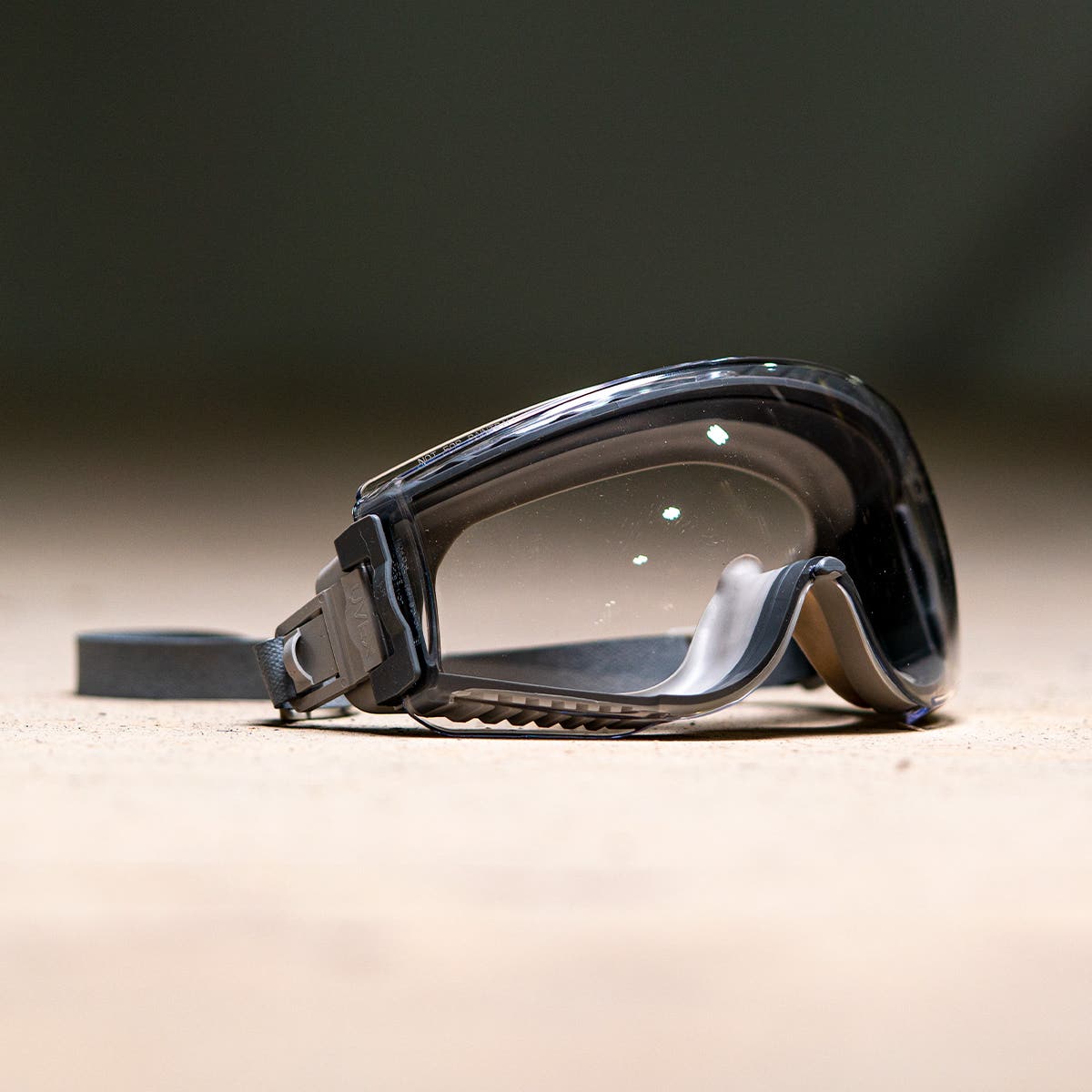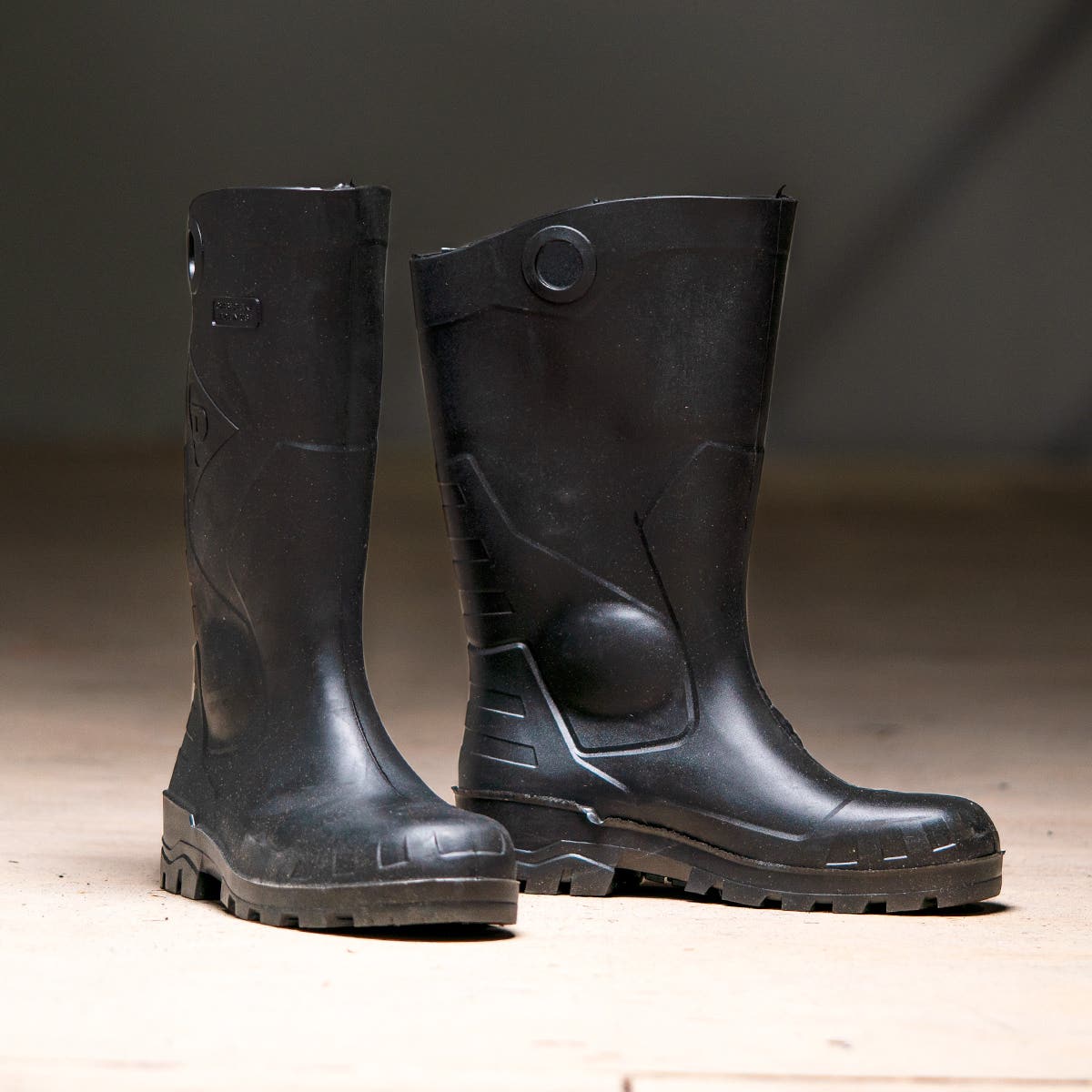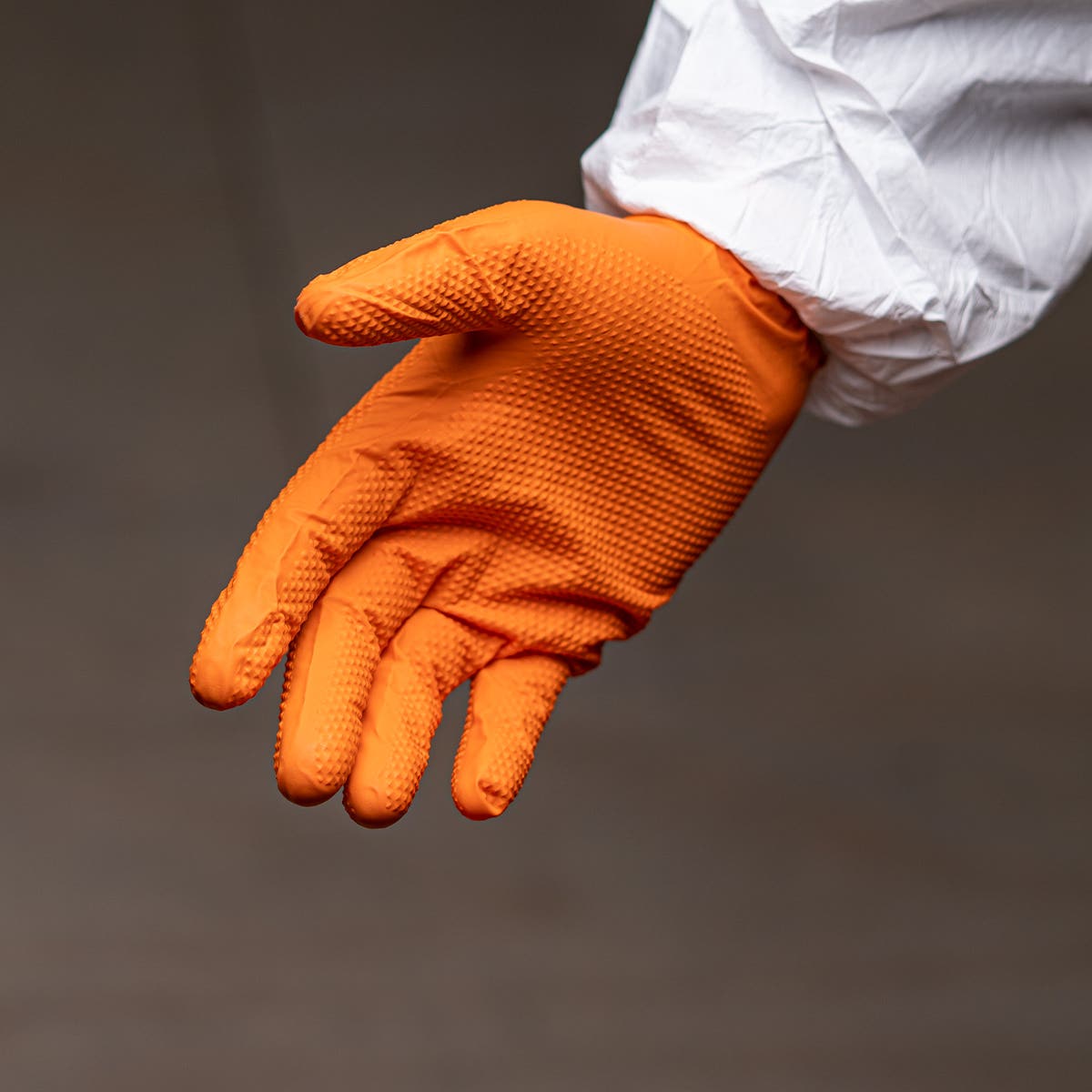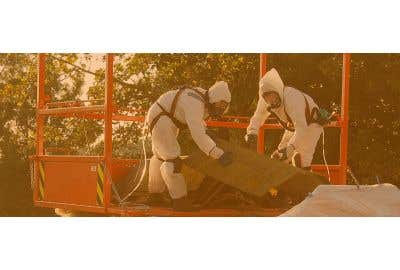*Disclaimer*
The information contained on this page is for promotional and informational purposes only. All equipment should be used by trained professional tradesmen who have been trained how to use the equipment described on this page, and understand the risks of their work. PowerPak assumes no responsibility for errors or omissions in the use or misuse of any product purchased. In no event shall PowerPak be liable for any direct, special, indirect, consequential, or incidental damages or any damages whatsoever, whether in an action of contract, negligence or other torts, arising out of or in connection with the use of this information or the contents of this page. PowerPak reserves the right to make additions, deletions, or modifications to the contents on this page at any time without prior notice.
You'd be hard-pressed to name a more costly construction industry mistake than the wide scale use of asbestos. If you worked construction in the 80s or earlier, you likely used asbestos for all sorts of applications. We loved this stuff. It insulated our buildings, helped block sound, it's great for fireproofing, and made plastics and cements stronger. Asbestos was the answer to all our problems, but after decades of mass use, we realized that it was too good to be true. In addition to all these positive points, asbestos is also extraordinarily toxic to our respiratory systems and very difficult to remove from our homes and buildings without exposing workers to airborne asbestos fibers.
Asbestos is a naturally occurring mineral used extensively in building materials such as wall panels, ceiling, floor tiles, insulation, and roof shingles in public, commercial, and residential buildings. So yeah, it was everywhere, and still can be found in many buildings.
After decades of progressive legal restrictions, in 1989, the Environmental Protection Agency banned most types of asbestos in the United States due to health concerns. However, asbestos still exists in older buildings and public utilities built before this ban took effect. If you are working on a construction, remodeling, or demolition project that involves removing asbestos and asbestos-containing materials (any material that contains more than 1% asbestos), you must follow certain precautions to mitigate health risks. First, ensure that you understand the OSHA regulations; second, check you have proper safety equipment and gear on hand before starting work; and third, follow industry best practices in handling this potentially dangerous material.
What Does OSHA Say About Asbestos?
Okay, so OSHA addresses asbestos in several regulations across the board. For our purpose, we'll focus on the construction, general, and shipyard employment sectors. Under OSHA regulations, employers generally are responsible for ensuring that:
- Personal exposure monitoring and airborne level testing are carried out to assess risks and hazards on an ongoing basis. This risk assessment will determine the level of PPE that is required.
- All workers with potential asbestos exposure are provided with appropriate personal protective equipment (PPE).
- Regulated areas are established, and controls are implemented to protect workers from known exposures.
- Medical monitoring of workers is available when exposure has taken place.
Asbestos is not just an issue in the U.S. and Canada. For the construction industry, in particular, OSHA has published numerous safety guidelines and regulations on asbestos that must be followed by law. The OSHA guidelines mirror guidelines from international organizations like the World Health Organization. So, no matter where you go, people use similar practices to remove asbestos and keep workers safe.
Additionally, 28 states have local standards that require the same level of protection as OSHA or have stricter requirements that must be followed under state law.
What Type Of Equipment And Gear Are Needed For Asbestos Removal?
Here's a quick tip, if you aren't covered from head to toe with top-tier PPE, you don’t have enough asbestos protection. Yeah, it's that serious. Years of exposure at the lowest levels of airborne asbestos fibers has been linked to several severe health conditions, including mesothelioma, a type of cancer affecting the lining of the chest or abdomen (including the heart). For decades, this exposure was not taken seriously because the symptoms of mesothelioma typically appear about 10 - 50 years after exposure. Think about that for a second. The work you do today could lead to cancer in the next few decades.
Regulations mandate the following types of protective gear when handling asbestos or asbestos-containing materials:
Respirators
With asbestos abatement and removal, paper or fabric face and dust masks typically used in construction jobs just won’t cut it. Instead, workers must use a respirator rated for asbestos work. A respirator is an air purification device that covers your mouth and nose, preventing fibers and other particles from entering the airways.
The minimum required is a half-face respirator, which typically consists of a covering for the mouth and nose, plus dual cartridge respirators on each side of the face. For use with asbestos, respirators must have HEPA-filtered cartridges (which are color-coded purple). The respirator must have an N-100, P-100 (with cartridge, pancake, or Flexi filters), or R-100 NIOSH rating.
When fitting a respirator, ensure that the mouth and nose are completely covered with no gaps. Note that piercings and facial hair will break the seal in the respirator and consequently mean that little to no protection is offered. Ensure a close fit every time the respirator is worn, as they may sag or warp slightly over time and create air gaps.
Eye Protection


When using a full-face respirator, eyewear is often built in. However, if you are using a half-face respirator, you must also wear separate protective eyewear. This is not only to keep asbestos fibers from getting in your eyes but to prevent other potentially hazardous particles from entering, too. Remember, asbestos is often found attached to or alongside other materials that could pose a risk, such as rotten wood or brittle metals. Safety goggles are the best option to protect your eyes from projectiles and asbestos fibers.
Always use eye protection while in an asbestos work zone, not just while working.
Disposable Coveralls
Because asbestos fibers are so tiny, there is a considerable risk of them finding their way into your regular clothes threads and then getting breathed in or deposited elsewhere in your vehicle or home later. For this reason, wearing disposable coveralls is mandated for asbestos abatement and removal.
Look for disposable coveralls with hoods and feet sections to prevent fibers from falling down your neck or sneaking in via your boots. Full body coveralls with elasticated wrists are the best option as they further prevent any fibers or particles from entering your sleeves.
For complex asbestos jobs, some experts recommend wearing two disposable coveralls simultaneously. The idea behind this practice is to prevent asbestos fiber from transferring to your clothes when taking the coveralls off. The top layer (working layer) will be coated in asbestos fibers. When you take that layer off, some of those fibers will fall off. Those fibers will end up on the second layer. Now you should be able to remove the second layer with little to no fiber transfer.
The dual-layer method does increase the heat inside the suits and makes working conditions more uncomfortable but, it does make a significant difference in preventing asbestos fibers from leaving with you at the end of the day.
Once you have finished the job session, remove the coveralls on-site and place them in a designated asbestos removal bag for proper destruction.
Rubber Boots


Rubber boots are highly recommended, even mandated in some areas, because they prevent asbestos fibers from getting stuck in your shoe and boot fabric, shoelaces, and the like. They are also washable at the end of the job, so they are more eco-friendly and cost-efficient than disposable boots. As on any construction site, steel toe capped boots are recommended to protect the toes against falling materials, like broken asbestos pieces or timber framing.
Disposable Gloves


Gloves not only prevent asbestos fibers from working their way into your skin, but they also protect against the usual hazards in construction, such as sharp objects, protruding splinters, etc. Lined cloth gloves are acceptable, but rubber or PVC gloves are a better material because they are more easily washed clean at the end of the session.
As with other disposable equipment, ensure you take your gloves off on-site and place them in a designated asbestos waste area/bin.
Decontamination Equipment
Asbestos does not require any particular type of decontamination equipment. Usually, a powerful water hose with a spray head will do the trick for washing off tools, boots, and gloves at the end of a session.
Industry Best Practices For Asbestos Abatement And Removal
Best practices in asbestos abatement and removal relate mainly to the work area and to PPE. Here are some of the top practices to bear in mind:
- Use wet methods (i.e., applying water with a low-pressure sprayer) to asbestos and ACMs (asbestos-contained material) before breaking to minimize fiber flight. This is the same concept used to prevent concrete dust by wet cutting or drilling.
- Close off sections of the site to prevent unnecessary personnel from entering or materials and fibers from escaping.
- Avoid drilling, sanding, sawing, or breaking asbestos or ACMs where possible.
- If required, use power tools that have attached ventilation and dust collection features.
- Mandate that all workers wear the appropriate PPE at all times (such as a respirator that meets or exceeds the OSHA standards in 29 CFR 1910.134).
- Provide special areas for changing into and out of and destroying PPE before and after each work session.
Where To Get More Help With Asbestos Regulations
Asbestos safety regulations can seem complicated, but with some basic research into the relevant health and safety standards, getting to grips with what is required on-site is quite straightforward. Start any new project by checking the comprehensive asbestos regulations on the OSHA Construction Industry Asbestos pages, and then cross-reference those to any specific state standards that apply in your area. Finally, if you are planning extensive work in the asbestos abatement and removal space, consider getting training to become accredited asbestos professional.







